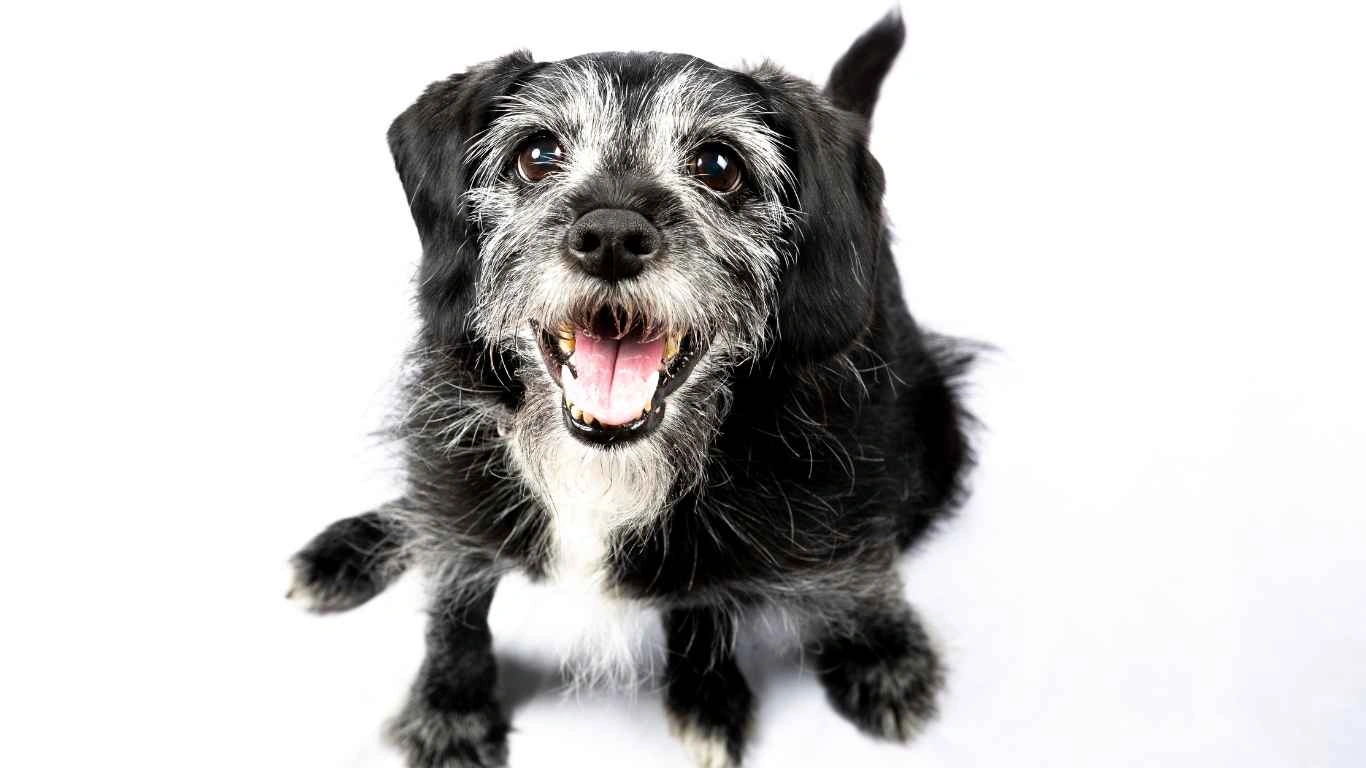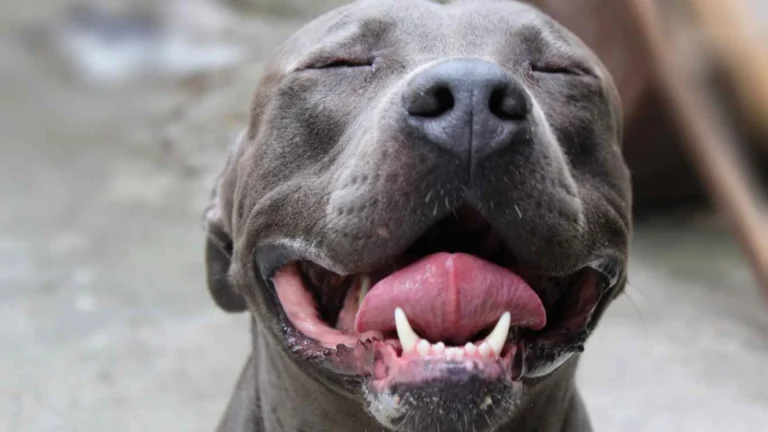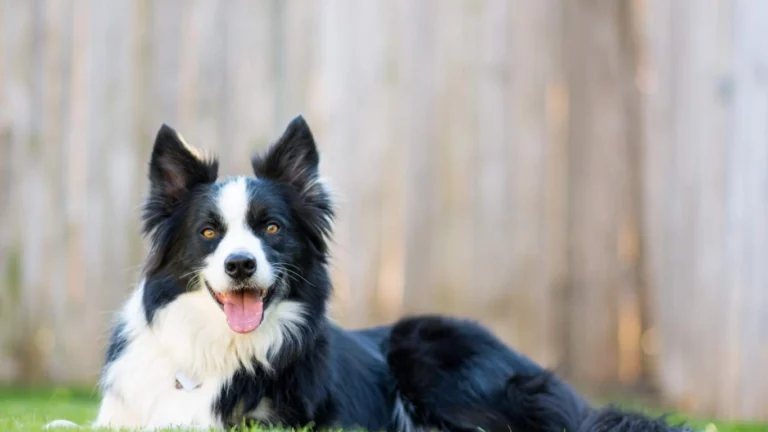Best Liquid Diet Ideas for Dogs After Surgery That Actually Work
When your dog’s just come out of surgery, figuring out what to feed them can feel like solving a mystery, right? As someone who’s been deep in the trenches of animal care—whether in a pet clinic or a busy rescue shelter—I’ve seen more than my fair share of worried pet parents asking the same thing: “What are the best liquid diet ideas for dogs after surgery?” Let me just say, you’re not alone. Post-op nutrition can make a huge difference in how quickly your pup bounces back, and the good news is, there are some seriously solid options out there that are both gentle and nourishing.
Why Liquid Diets Matter After Surgery
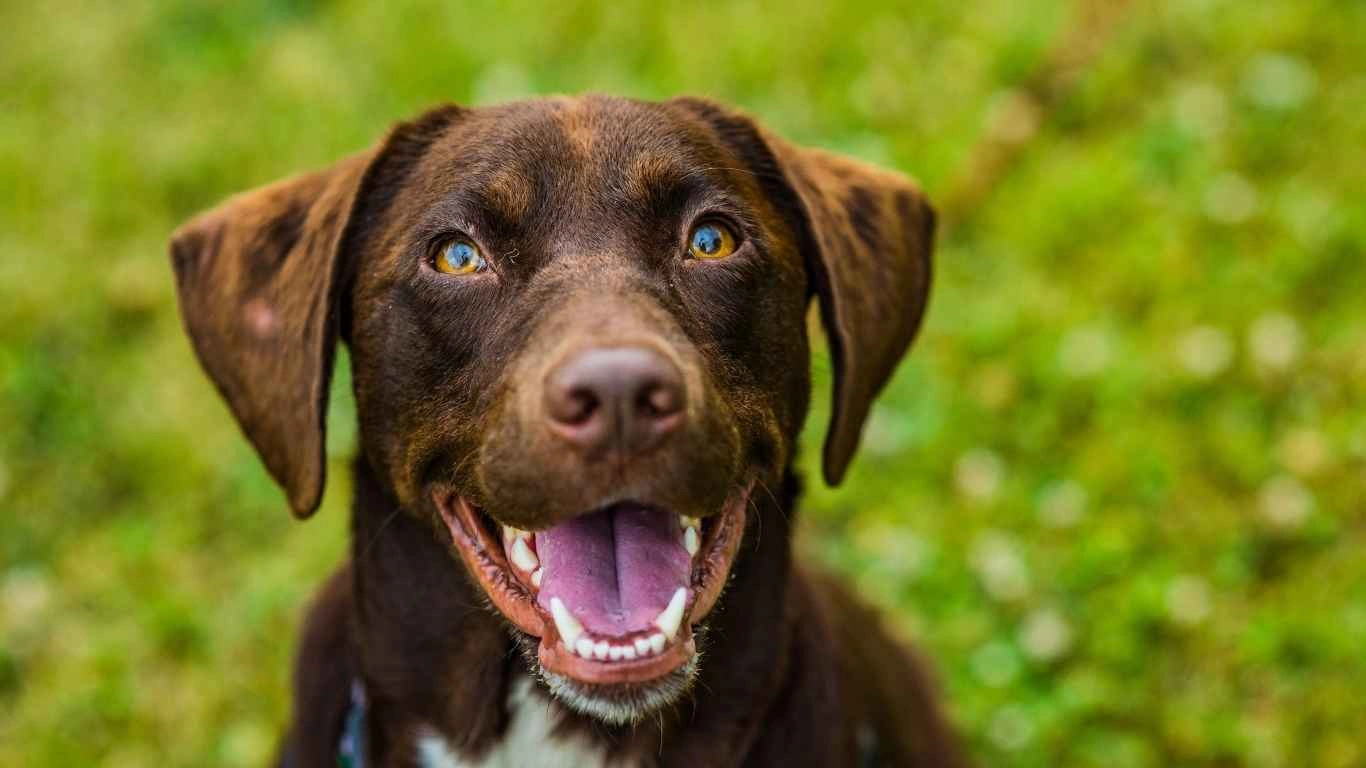
After a surgical procedure, dogs often feel groggy, nauseated, or just plain disinterested in food. I’ve seen even the most food-driven Labradors turn their nose up at kibble post-op. That’s where liquid diets come in. They’re so much easier on your dog’s stomach and can provide essential hydration and nutrients while their digestive system recovers.
Whether your pup had a dental extraction, abdominal surgery, or orthopedic work, offering a carefully prepared liquid meal can help reduce the risk of complications, like vomiting or aspiration, while keeping energy levels up. Plus, it gives your dog some comfort—like a warm bowl of chicken broth does for us when we’re under the weather.
Signs Your Dog Needs a Soft or Liquid Diet

Here’s the thing: not every dog will need to go full liquid after surgery, but there are definitely signs to watch for. Based on what I’ve noticed working with post-op pups over the years, here are a few red flags that scream “liquid diet time!”
- Lack of interest in regular food
- Excessive drooling or gagging (especially after oral surgery)
- Vomiting or regurgitating kibble
- Visible discomfort or whining during mealtime
- Post-op instructions from your vet suggesting restricted feeding
If you’re seeing any of those, don’t push regular food—go for something easier to swallow and digest. Trust me, your pup will thank you later.
Top Liquid Diet Options That Dogs Actually Like

Now let’s get into the meat and potatoes (or rather, the broth and purees) of the article—the best liquid diet ideas for dogs after surgery. I’ve recommended these to countless dog owners over the years, and they’ve been real lifesavers, especially when dogs refuse to eat anything else.
1. Bone Broth (No Onions or Garlic!)
This is my go-to recommendation. Bone broth is loaded with minerals, amino acids, and collagen—all amazing for healing. You can buy dog-safe versions or make your own at home (just skip anything toxic like onions or garlic). Serve it warm, not hot. I had a senior beagle once who wouldn’t eat for two days after a spay—warmed bone broth got her licking the bowl clean.
2. Prescription Recovery Diets
Some vet clinics stock liquid recovery formulas, like Hill’s a/d or Royal Canin Recovery. These are packed with calories, easy to syringe-feed if needed, and surprisingly palatable for picky eaters. I’ve used these more times than I can count in a shelter setting, especially for underweight or post-dental dogs.
3. Homemade Meat Purees
Another hit? Blended lean chicken or turkey breast with warm water or unseasoned broth. It’s a little more effort, but totally worth it. Just toss in a cooked protein and a bit of liquid into a blender. If your dog likes pumpkin or sweet potato, you can add a small spoonful for extra fiber and comfort.
4. Goat Milk or Canine Meal Replacers
Raw goat milk is easier to digest than cow’s milk and has a natural probiotic punch. You can also find liquid meal replacers like Rebound or Ensure-type formulas made for pets. These are especially helpful if you’ve got a dog recovering from something major and you need every calorie to count.
5. Baby Food (Stage 1, Meat-Based)
This one’s a trick I picked up from a fellow tech. Just be sure to read labels and avoid anything with onions, garlic, or added sugars. A jar of plain chicken or turkey baby food can be a game-changer—especially for syringe feeding smaller breeds.
How to Prepare a Liquid Diet Safely at Home

Alright, let’s talk real-life prep. Creating a homemade liquid diet for your dog doesn’t have to feel like a chemistry experiment. I’ve helped dozens of pet parents whip up simple, nutritious blends right from their own kitchen, and you don’t need fancy equipment or vet tech training to do it right.
Here’s a basic framework I often recommend for first-time post-op meals:
- Start with a gentle protein like boiled chicken, turkey, or even scrambled egg (no butter or oil).
- Add in a safe veggie like cooked pumpkin or carrots—great for digestion and mild on the gut.
- Blend it all with unsalted bone broth or plain warm water until you’ve got a smooth, pourable consistency.
Pro tip: Let the mixture cool a bit before serving. Even slightly warm food seems to entice picky dogs—like a cozy, comfort meal. I remember one boxer recovering from abdominal surgery who wouldn’t touch kibble, but he absolutely inhaled a warm blend of chicken and pumpkin purée!
Also, always double-check ingredients—things like onion powder, garlic, excessive salt, or dairy can do more harm than good when your pup is vulnerable.
Best Liquid Diet Ideas for Dogs After Surgery: Dos and Don’ts

Since this is such a critical recovery window, it’s worth quickly going over what’s okay to feed and what you should absolutely avoid. I can’t tell you how many times I’ve had to gently steer folks away from giving dogs “people food” they thought was safe but definitely wasn’t.
✅ DO Offer These
- Low-sodium bone broth or unseasoned meat stock
- Boiled lean meats (chicken, turkey, beef) blended with water
- Unsweetened pure pumpkin puree (not pumpkin pie filling!)
- Plain white rice water (good for upset tummies)
- Prescription or vet-approved recovery liquid meals
❌ DON’T Feed These
- Anything with garlic, onion, or added spices
- Dairy products (unless vet-approved)
- Grapes, raisins, or anything sweetened with xylitol
- High-fat broths (like from fatty cuts of meat or skin-on chicken)
- Human baby food with preservatives or seasonings
One time, a well-meaning owner gave their recovering dachshund a homemade soup that included garlic—and it led to a scary ER visit. Lesson learned: always keep it simple, bland, and species-appropriate.
When and How Often to Feed a Post-Surgery Liquid Diet
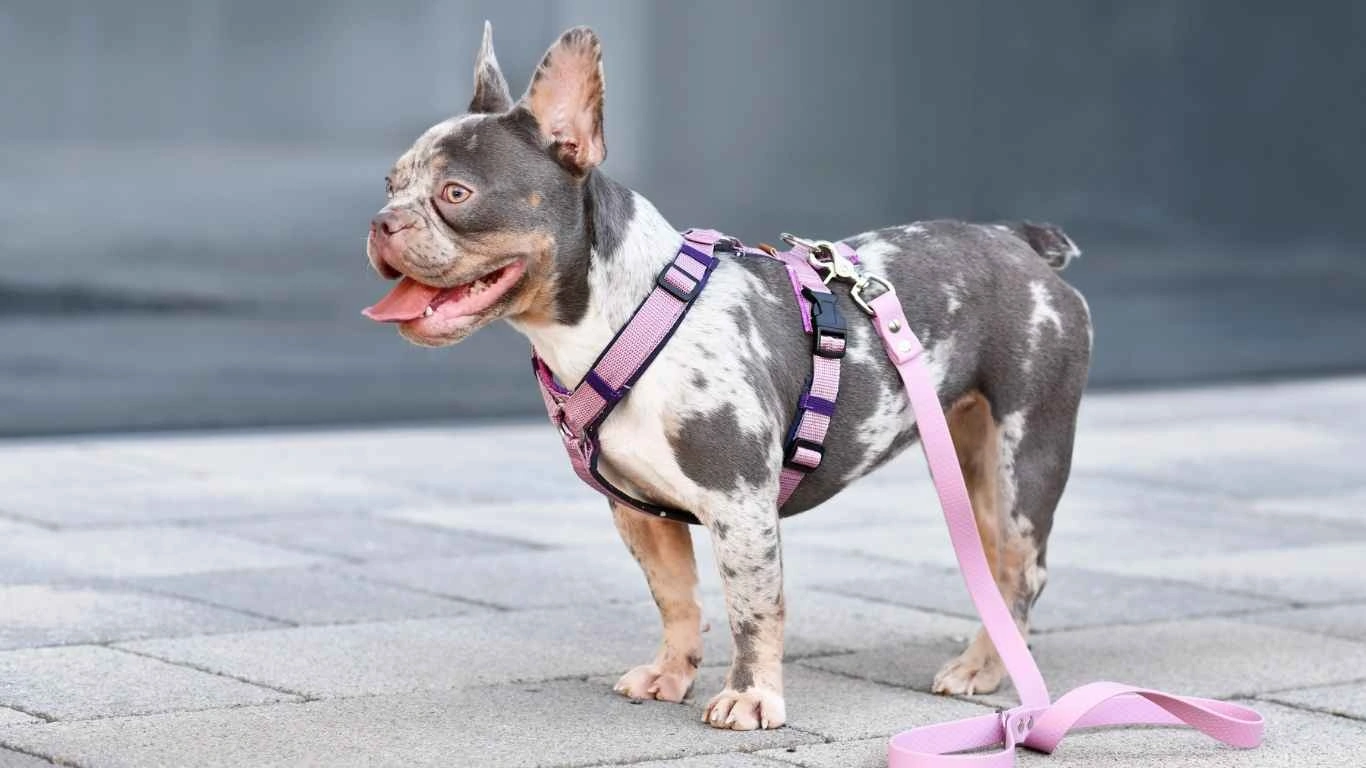
One question I hear constantly is: “How much and how often should I feed this liquid food?” And honestly, the answer depends on your dog’s size, surgery type, and overall condition. But here’s a general rule of thumb that’s worked well in the clinics and shelters I’ve worked in:
Small Dogs (Under 20 lbs)
- Start with 1-2 tablespoons every 2-3 hours for the first day post-op
- Gradually increase to 1/4 cup per feeding as tolerated
Medium to Large Dogs
- Start with 1/4 to 1/2 cup every 3-4 hours
- Adjust based on appetite, energy level, and vet advice
Always observe for signs of nausea or bloating—if your pup’s belly feels tight, or if they seem unusually lethargic, it might be time to slow down or consult your vet. I once worked with a pit mix recovering from a C-section, and we had to tweak her liquid meals almost hourly at first. Patience is key!
Tip:
Try feeding from a shallow dish or using a syringe (without the needle!) if your dog is reluctant to eat. Make the environment quiet and stress-free, and always give them space to rest afterward. Recovery is just as much about calm as it is about calories.
How Long Should a Dog Stay on a Liquid Diet?
So now you’re probably wondering, “How long do I have to do this?” Totally fair question—and the truth is, it’s not a one-size-fits-all answer. Most dogs only need to stay on a liquid diet for 1 to 3 days post-surgery. But I’ve had patients, especially after more invasive procedures or dental extractions, who needed a softer or liquid-based diet for up to a week.
Here’s a quick timeline guideline:
- Day 1: Liquid only, in small frequent portions
- Days 2-3: Gradually increase volume if tolerated, introduce some soft solids
- Day 4 and beyond: Transition to mushy foods or prescription recovery diets
By Day 5 or so, most dogs are sniffing around the kitchen like their old selves again. But always follow your vet’s post-op feeding instructions. Every dog heals differently, and you know your pup best.
Transitioning from a Liquid Diet to Solid Food

Once your pup starts perking up and showing more interest in food again, it’s time to think about easing them back into solids. This stage is super important—go too fast, and you could upset their tummy; go too slow, and they might not get all the nutrients they need for a strong recovery. I’ve walked this line with so many pet parents, and I always say: follow your dog’s lead, but with a gentle nudge from your end.
Here’s how I usually recommend doing it:
- Start by thickening the liquid diet with less broth and more pureed meat or veggies.
- Introduce soft solids slowly—think canned prescription recovery diets or mashed sweet potato and rice with chicken.
- Mix softened kibble with warm water or broth to encourage chewing without being too hard on their jaw or belly.
When I was working with a lab mix post-dental surgery, we gradually transitioned her from goat milk and chicken puree to a mix of mashed kibble and canned food over 5 days. By the end of the week, she was back to her bouncy, tail-wagging self—and her bowl was spotless at every meal.
Monitoring Your Dog During the Liquid Diet Phase
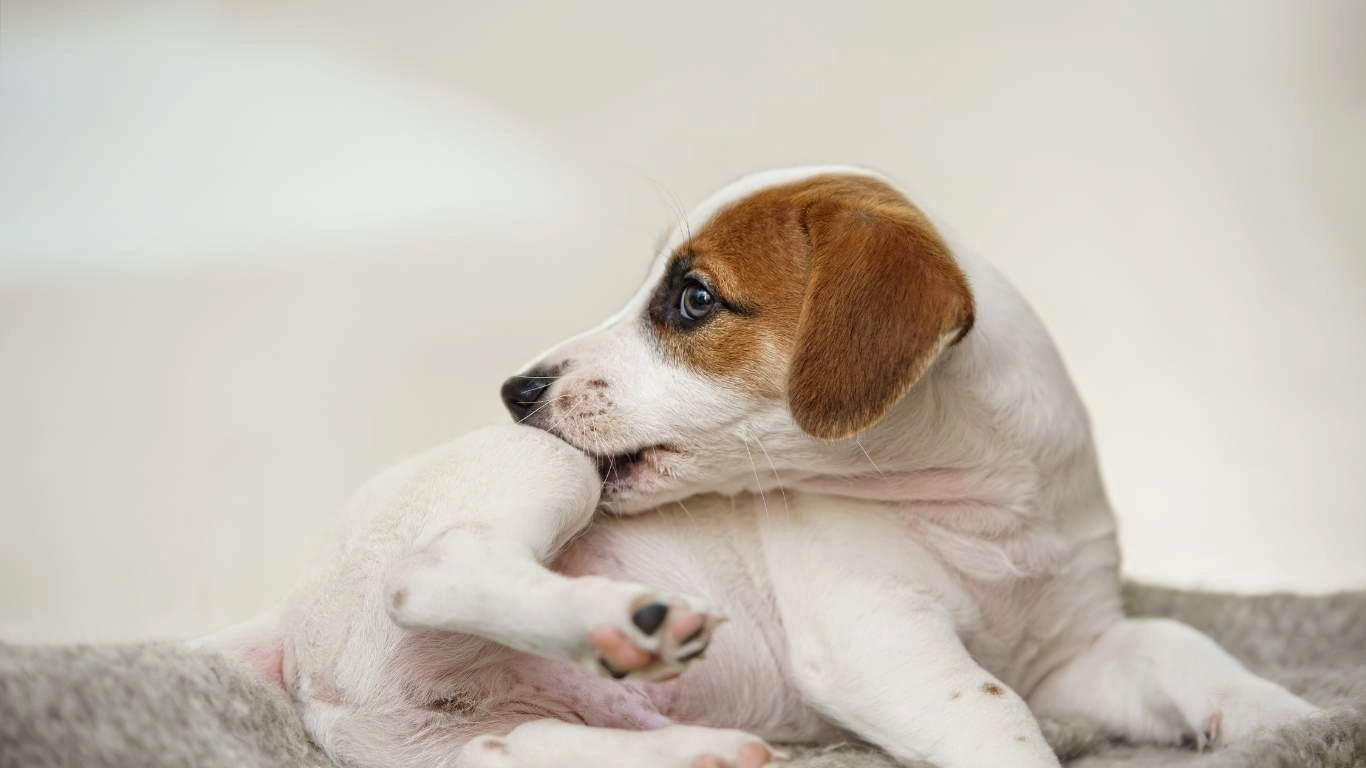
If I could emphasize one thing above all else, it’s this: watch your dog closely. Liquid diets are meant to support healing, but they aren’t a magic fix. Sometimes things don’t go perfectly—and that’s totally okay as long as you catch it early.
Keep an eye out for:
- Continued vomiting or refusal to eat after 48 hours
- Diarrhea or black, tarry stools (can signal internal bleeding)
- Lethargy that doesn’t improve with food and hydration
- Signs of dehydration like dry gums or sunken eyes
I once had a senior terrier post-spay who just wasn’t bouncing back. Her liquid meals were fine, but she stayed down and wasn’t peeing much. A quick vet trip showed she needed some fluids and antibiotics—problem solved before it turned serious. So don’t hesitate to check in with your vet if something feels “off.”
Tips for Picky or Stubborn Eaters After Surgery
Every now and then, you’ll come across a dog who flat-out refuses even the tastiest liquid blend. Frustrating, I know. But don’t panic—this is surprisingly common. Here are a few tricks I’ve used in the clinic (and even with my own grumpy chihuahua after a dental procedure):
- Warm the food slightly—dogs respond to the smell more when it’s closer to body temperature.
- Add a little tuna water or a pinch of plain Parmesan (just a pinch!) to entice picky noses.
- Syringe feed slowly if needed—especially if your vet recommends it. Just make sure your pup is upright and calm.
- Feed in a quiet space away from household chaos. Some dogs just want a little peace and quiet to eat.
And hey, don’t beat yourself up. I’ve worked with hundreds of dogs, and every single one responds differently. Some dive right in. Others? Total drama queens. You’re doing great—just keep showing up for your pup.
Final Thoughts on Supporting Your Dog’s Recovery
In the end, the best liquid diet ideas for dogs after surgery are the ones tailored to your pet’s specific needs. It’s about balancing nutrition, comfort, and practicality—and leaning on your vet team when you need support.
What’s been most rewarding for me, personally, is seeing the bond that grows between pet parents and their dogs during recovery. The gentle care, the quiet snuggles after meals, and yes—even the frustration when your dog snubs the gourmet broth you lovingly made. All of it matters. All of it helps them heal.
If you’re in this phase right now, hang in there. You’ve got this. And if you ever need backup, don’t hesitate to reach out to your local vet or shelter support line—they’ve seen it all and then some.
References
- American Veterinary Medical Association (AVMA)
- ASPCA – Pet Health Recovery Tips
- Cornell University College of Veterinary Medicine
- VCA Animal Hospitals
Disclaimer
This article is for informational purposes only and is not intended as a substitute for professional veterinary advice, diagnosis, or treatment. Always consult with your veterinarian regarding your dog’s specific needs and post-operative care plan.
